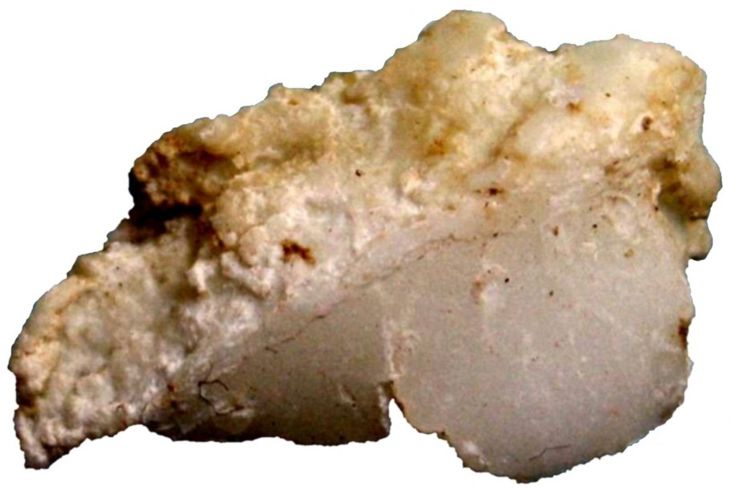
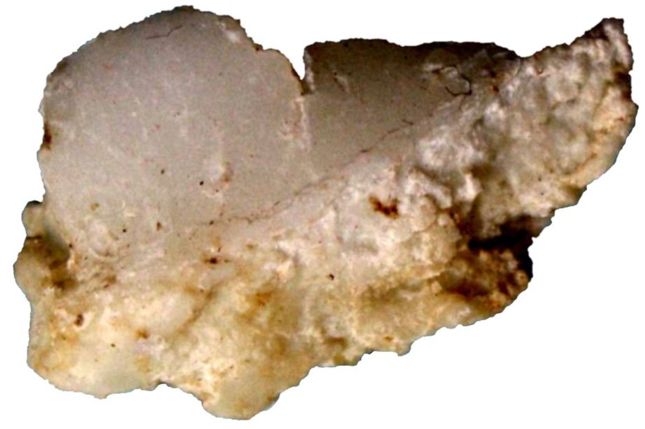

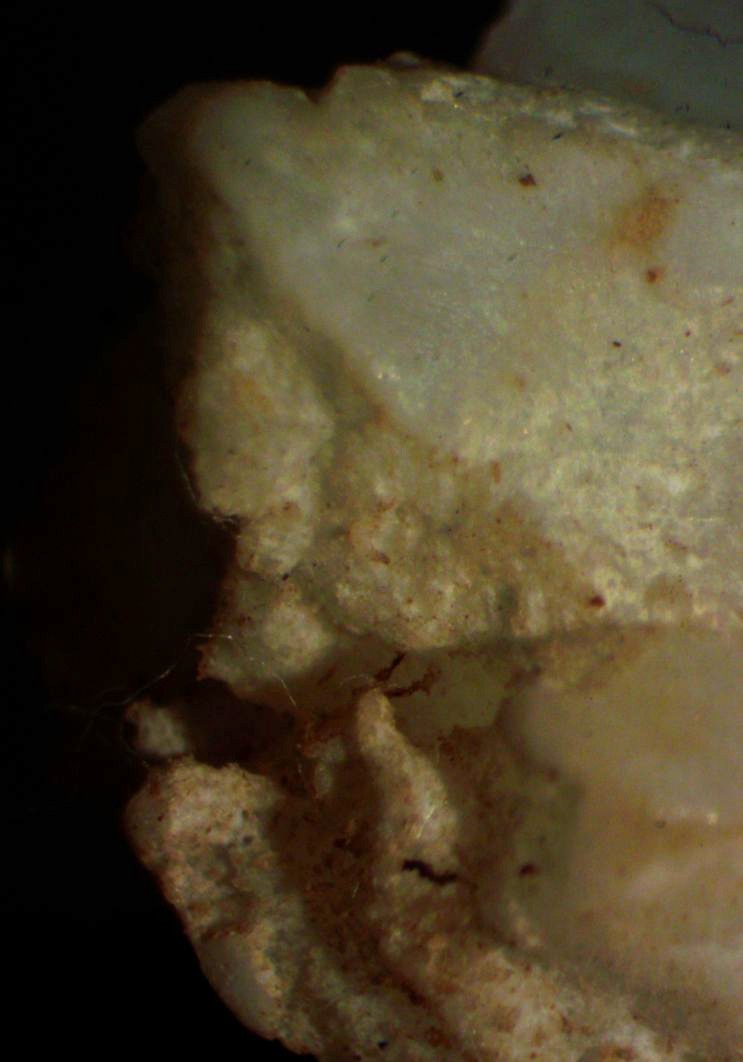
The Burgenland and Jakobselv borders
John Bjarne Grover
The Burgenland border between Hungary and Austria seems to have been made in 1919 (I dont know when just this border was first settled but Austria was reduced to its current shape in 1919) on basis of the 'lapis philosophorum' by turning it 180 degrees around and tilting it a little - then one sees - from an angle - the 'fisherman' with his strange tooth (these photos are from my own lapis):




But this means that the 'lapis' itself - turned 180 degrees, that is, upside-down - will be from the Burgenland border and eastwards into Hungary:


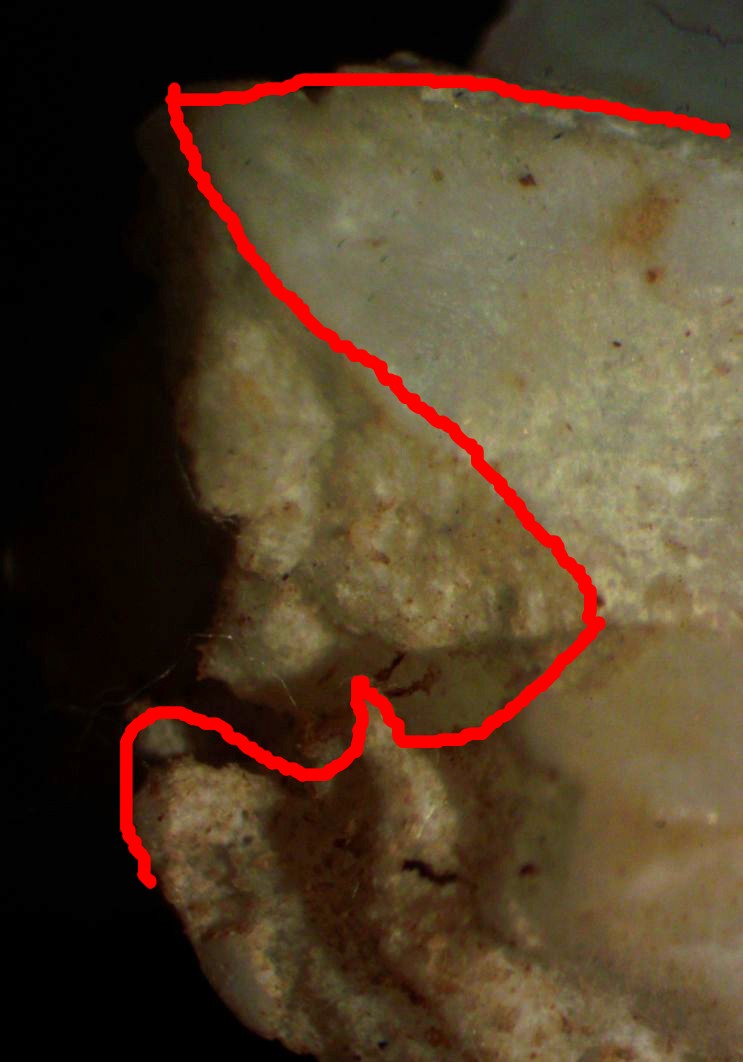
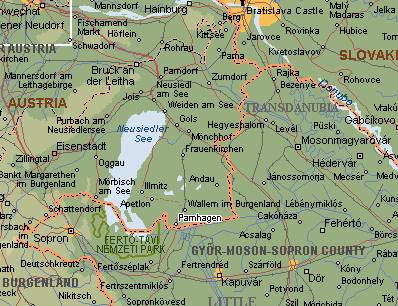
It was the austrian empire that was reduced in Versailles 1919 - and it is probably the reduction that creates the lapis - at least the two I have made (2014 and 2016) occurred in the process of just a reduction from 78 to 64 and from 105 to 64. But here it ended up on the 'wrong' side of the border - in Hungary, and upside down. Could be that forces the austrians to live a little 'transcendently', on the other one's ground or sth like that.
From Fischamend Markt (by Vienna) to Pamhagen, a small place just behind the odd tooth, there are 52 km, and from Pamhagen to Lébény-Szentmiklós (= 'a-doll-fitler'?) there are 39 km: 39/52 = 3/4. This could explain the three events of 2002-2003-2004:
26 december 2002: The handwritten manuscripts to my "The Endmorgan Quartet" books 11 and 12 were registered for copyright in Washington
26 december 2003 at 01:56 UTC: The dreadful earthquake of Bam in Iran - it destroyed the ancient city and claimed a number of lives
26 december 2004 at 00:58 UTC: The dreadful earthquake of Banda Aceh - its tsunami claimed some 200.000 lives or thereabout
The idea with the Burgenland border of 1919 could then have been to create a Vollkornbrot in extension from Biagio Marin, Rilke, Amundsen and Scott of 1912:



 = the horizontal dimension
= the horizontal dimension

 = the enveloping dimension
= the enveloping dimension
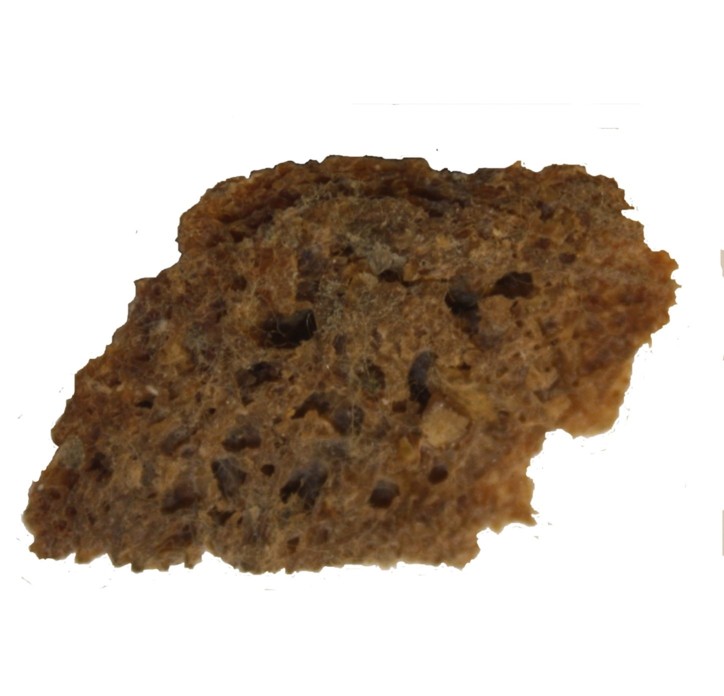 = the Vollkornbrot
= the Vollkornbrot
One may assume that a terrible pressure is needed for squeezing the two lapises together horizontally. But isnt this a little 'Neiw' nevertheless? I mean, if the terrible pressure of Rilke's 'Advent' etc is supposed to lead to such compression? There may perhaps be an alternative explanation - that the pressure is intended to lead to a certain push on the opinion in e.g. Italy to vote for a certain politician - e.g. one who is inclined to support the 'International Secret Intelligence Services'?
Why is information on this 'lapis philosophorum' so difficult to find?
The border between Norway and Russia in the north is called 'Grense Jakobselv' = 'Border Jakobselv', even if 'Jakobselv' is a small place close to 'Vads÷', cp. the Donner'-Watsche' of Wittgenstein. The reason why it is called 'Border Jakobselv' is therefore perhaps in 'Jahoda & Siegel' who were the first to reject Wittgenstein's TLP (in the summer 1918). Given the role of Wittgenstein's 'W÷rterbuch' for the idea of 'Siebensterns', the potato peel filter for the kitchen sink, there is the natural assumption that this is the real reference in the border north. The two borders - of the same magnitude - therefore meet in the complex lapis-Vollkornbrot-potatofilter - and could be the intention with it is to have a tool to jack up or down in opinion any political complex.
© John Bjarne Grover
Source for the map: Microsoft Encarta World Atlas 99
On the web 30 july 2019